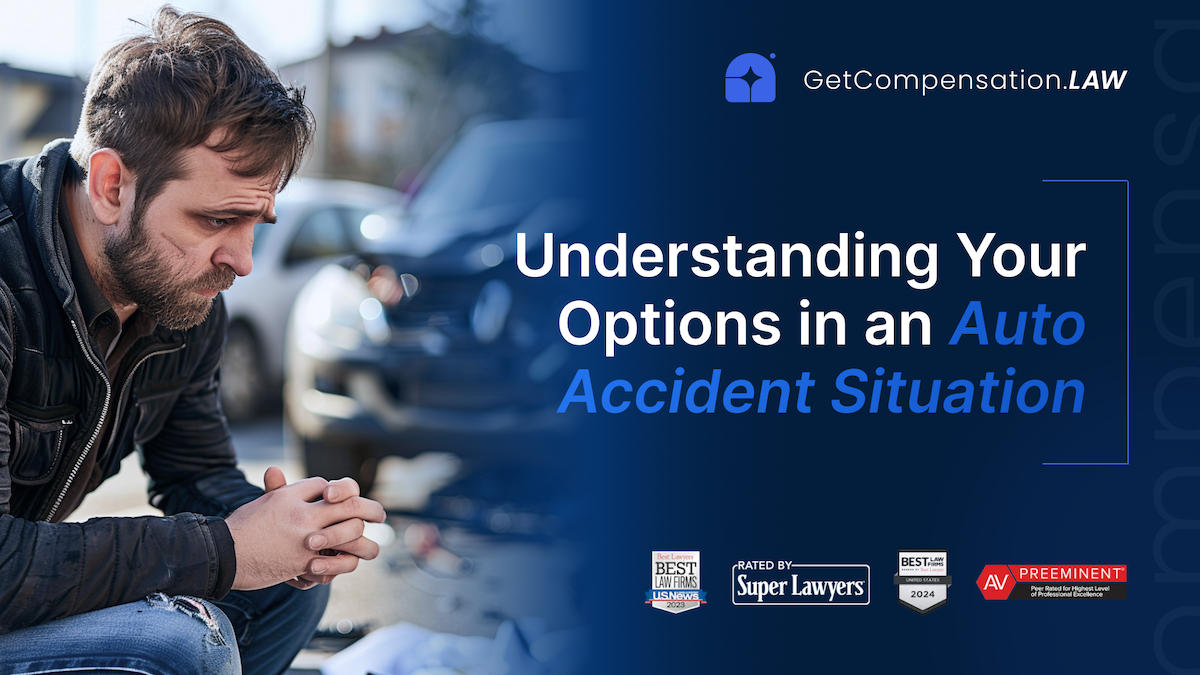
Intersection Accidents Involving Motorcycles: A Deadly Risk
Motorcyclists face high risks at intersections due to visibility issues, speed misjudgments, and distracted driving. Safety can be enhanced through visibility strategies, defensive riding, driver awareness campaigns, traffic engineering, and legal measures.
Our Network of Attorneys Are Recognized by the Best
Intersections are a common backdrop for motor vehicle accidents, posing an especially high risk for motorcyclists. Despite making up a small fraction of the traffic flow, motorcycles are disproportionately involved in intersection collisions, often with severe or fatal outcomes. This article explores the reasons behind the vulnerability of motorcyclists at intersections and offers strategies to mitigate these risks, aiming to enhance the safety of all road users.
Why Are Intersections Particularly Dangerous for Motorcyclists?
Limited Visibility
Motorcycles' smaller size makes them less visible to other drivers, especially when obscured by vehicles, buildings, or even road signage. This invisibility becomes particularly perilous at intersections, where the failure of motorists to notice motorcycles can lead to right-of-way violations and collisions.
Misjudgment of Speed and Distance
Drivers often struggle to accurately judge the speed and distance of an approaching motorcycle, leading to errors in timing when making turns or entering intersections. This misperception can result in drivers pulling out in front of motorcycles, leaving the rider with little time to react.
Distracted and Aggressive Driving
The rise of distracted driving, due to mobile phone use and other in-vehicle distractions, exacerbates the risk for motorcyclists at intersections. Additionally, aggressive driving behaviors, such as speeding through yellow lights or making hurried turns, further increase the likelihood of accidents.
Strategies for Reducing Intersection Accidents Involving Motorcycles
Enhanced Rider Visibility
Riders can increase their visibility by wearing reflective or high-visibility clothing and using headlights even during the day. Strategic positioning within lanes to avoid blind spots and making eye contact with drivers can also help ensure motorcyclists are seen.
Defensive Riding Techniques
Motorcyclists should approach intersections with heightened awareness and caution, anticipating potential hazards. Slowing down, covering brakes for quicker response, and being prepared to take evasive action can save lives. Defensive riding courses offer valuable training in these life-saving techniques.
Improved Driver Awareness
Campaigns aimed at increasing driver awareness of motorcycles can play a critical role in reducing intersection accidents. These initiatives can encourage drivers to double-check for motorcycles when turning or crossing intersections and to be more mindful of motorcyclists' rights and vulnerabilities.
Traffic Engineering Solutions
Modifying road designs to make intersections safer for motorcyclists can have a significant impact. Solutions include better signage, motorcycle-detecting traffic signal systems, and dedicated motorcycle lanes or boxes at the front of traffic queues to increase visibility and reduce the risk of collisions.
Legal and Policy Measures
Implementing and enforcing laws that penalize distracted and aggressive driving can deter behaviors that put motorcyclists at risk. Additionally, promoting policies that require or incentivize the use of motorcycle safety gear can help reduce the severity of injuries when accidents occur.
Conclusion
Intersections represent a significant risk to motorcyclists, but through a combination of individual vigilance, community awareness, and systemic changes, the dangers can be mitigated. By fostering an environment of mutual respect and caution among all road users, we can work towards a future where the roads are safer for everyone, including those who choose the freedom and exhilaration of riding a motorcycle.




